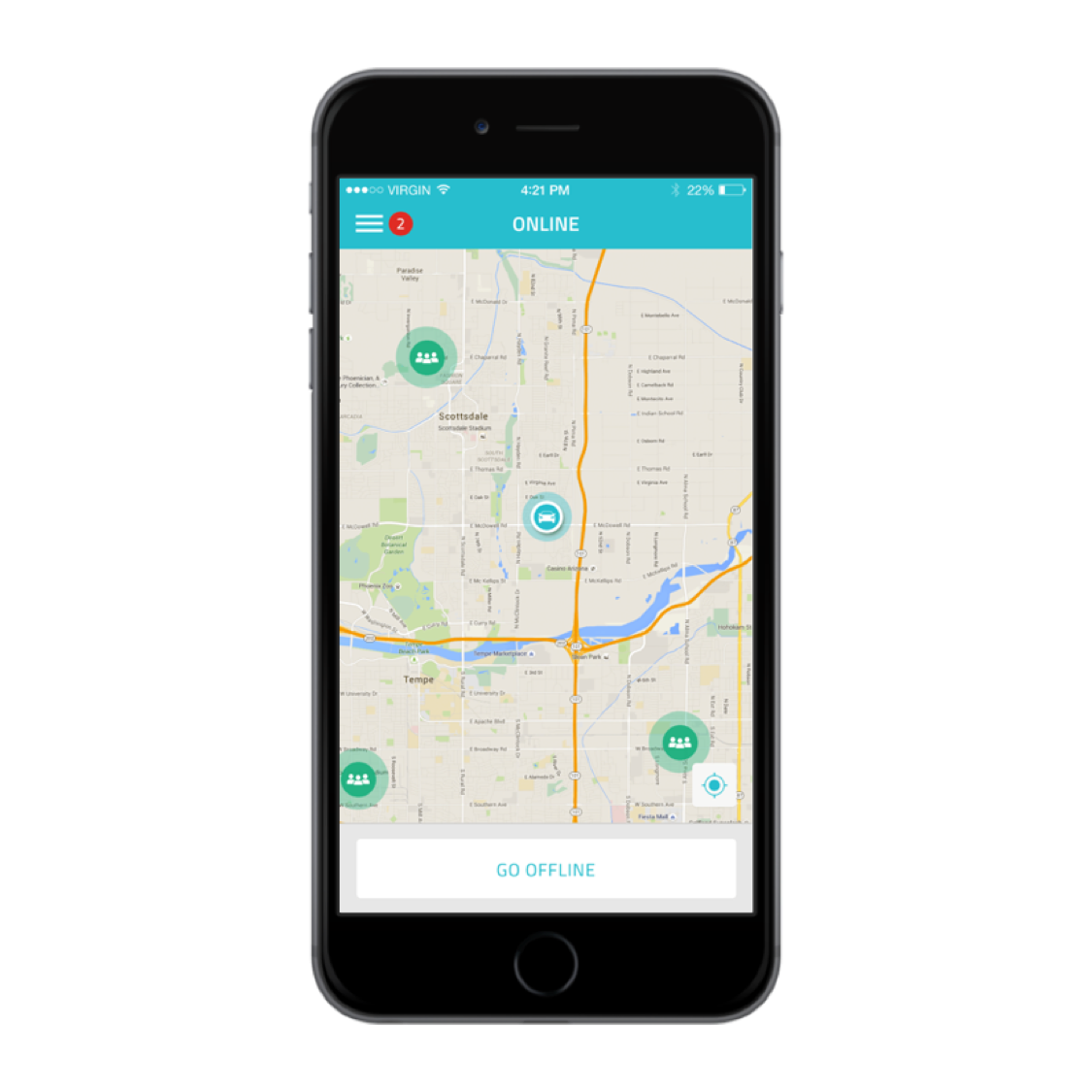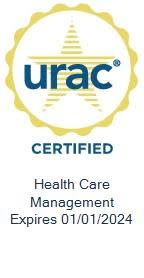Redesigning IDP Hotspots to Better Match Supply and Demand
November 18, 2016
One of the most valuable features of the Veyo Platform is our ability to predict transportation patterns. That proves to be only half the battle, since we still need to help independent driver-providers (IDPs) optimally position themselves to accept those trips. That’s why we took great care to enhance our Hotspots feature; an intuitive interface that shows IDPs where to go for maximum trip volume.
The Challenge
Our first version of the Hotspot Map was based on historic trip demand. The hotspots were updated each hour, but were often in similar locations due to busy hospital and facility locations. When IDPs noticed that many of the hotspots appeared static, they focused on a few locations and stopped relying on the hotspot map. Or worse, they picked a spot in between two hotspots and waited for a trip request. Because our trip offers are based on distance to demand, IDPs were often parked too far from the area of need.
Since the original map considered only historical trip volume, not the real-time location of available drivers, users began to worry that driving to a hotspot did not guarantee there were trips currently available for them at that hotspot. Areas with a lot of demand might already have enough drivers to accommodate those trips. And because the map wasn’t able to change in real-time, we weren’t able to adjust hotspots to account for driver volume. Without user confidence, the hotspot feature could not effectively change behavior. In addition to creating a more accurate map, we also had the challenge of regaining users’ confidence.
Rather than relying on historical demand patterns, we wanted to develop a real-time map of supply deficits. In other words, a completely updated view of locations where we have demand, but not enough supply. This meant combining trip-demand data with driver-location data, and calculating a map of “need areas.” A map that could be updated in real time and would account for both supply and demand.
But creating a real-time view isn’t simple. It requires recalculating the data every five minutes and updating the map to match. Data hand-off would have to occur in several systems, from predictive analytics calculation engines to the platform backend, and then to the mobile platform. Any time several systems are involved, the risk of something going wrong increases. Because IDPs rely on their apps to receive and accept trips, it was important to ensure there were no risks to the system.
There was also a chance, once confidence in the feature was restored, that too many IDPs would flood into an area that only had a small deficit. Understanding IDP behavior was key to the solution. We needed to find an intelligent algorithm that would selectively show hotspots to the correct users.
The Solution
To solve these issues, the Veyo Platform is now constantly generating two maps for the hotspot map: One for trip density and another for IDP density. What the end user sees is based on the negative difference between these two. Rather than showing a complete list of “need areas,” the Platform selectively shows “need areas” to selected users based on the size of the supply deficit.

This new “supply deficit map” is fundamentally different from its predecessor. Now, when an IDP checks their hotspot map, they’re only shown areas nearby where there is demand for an active trip, but no supply in the area. And all users in one region will no longer see the same hotspots – they’ll see hotspots customized to the area and demand near them.
With our updated hotspot technology, we can more accurately place our IDPs to ensure that we’re matching supply to demand and fulfilling every trip in a timely manner. This ability is especially handy when we’re working with discharge trips. In a discharge trip, a member completes their appointment at the hospital or facility but doesn’t have a trip scheduled to take them home. These trips often occur at odd hours or can occur during peak times when a third-party provider may be busy with other trips. In the past, traditional NEMT brokers have had difficulty fulfilling discharge trips, leaving passengers waiting for hours to get home. With Veyo’s Virtual FleetTM and IDP hotspot system, we can move a vehicle to exactly where it’s needed, exactly when it’s needed. Our IDPs are matched with a trip in just 28 seconds, and have averaged a pickup time of just 10 minutes from dispatch to arrival, eliminating the long waits usually associated with discharge trips.
Curious what else our Data Scientists are up to? Check out this post on Data Science: A Day in the Life of a Veyo Data Scientist.


